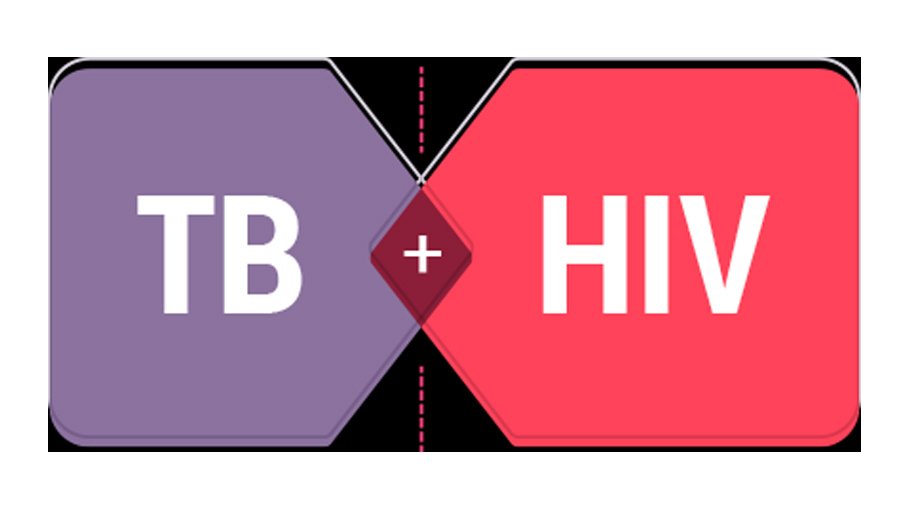The Silent Storm
How HIV and TB are fueling a dual crisis in Bangladesh

Dr. Md. Aurangzeb
In the shadow of Bangladesh’s ongoing public health challenges, a silent but deadly partnership between tuberculosis (TB) and HIV/AIDS is brewing—one that could explode into a full-blown crisis if left unchecked. Globally, TB is the leading cause of death among people living with HIV, responsible for one in four AIDS-related fatalities. In Bangladesh, where TB is already endemic and HIV cases are steadily rising, this lethal synergy threatens to reverse decades of progress in disease control. The data is alarming: of the 204 detected HIV cases reported by Bangladesh Medical University in 2002, most died from TB, underscoring the deadly intersection of these two diseases. Yet, despite clear evidence of their interconnected devastation, Bangladesh’s health system remains woefully unprepared to tackle this dual epidemic.
The World Health Organization (WHO) estimates that 2 billion people—nearly a third of the global population—are infected with TB. While only 10% of carriers develop active TB, HIV weakens the immune system, increasing the risk of active TB by 50 times. In 2008, 1.4 million of the 9.4 million new TB cases worldwide were HIV co-infected, and without treatment, 90% of these individuals die within months. The numbers are staggering: TB claims 1.8 million lives annually, while HIV/AIDS kills 680,000—many from TB-related complications. Bangladesh, though still classified as a low-HIV-prevalence country, sits on a tinderbox. With 74,000 migrant workers returning annually from high-HIV regions like Africa and the Middle East, the risk of imported infections is real. Once HIV gains a foothold, TB—already deeply entrenched—will exploit weakened immune systems, triggering an explosion of cases. The Zambian experience serves as a grim warning: between 1985 and 2000, TB cases surged twelve-fold due to HIV, erasing decades of progress in TB control.
The World Health Organization (WHO) estimates that 2 billion
people—nearly a third of the global population—are infected
with TB. While only 10% of carriers develop active TB, HIV weakens
the immune system, increasing the risk of active TB by 50 times.
In 2008, 1.4 million of the 9.4 million new TB cases worldwide were
HIV co-infected, and without treatment, 90% of these individuals
die within months. The numbers are staggering
Bangladesh reports over 300,000 new TB cases annually, with multidrug-resistant TB (MDR-TB) emerging as a growing threat. Yet, HIV testing among TB patients remains negligible, and TB screening for HIV-positive individuals is virtually nonexistent. This diagnostic blind spot means co-infected patients slip through the cracks, untreated and infectious. Compounding the crisis is the stigma surrounding both diseases. TB is often dismissed as a "poor man’s illness," while HIV carries moralistic shame, driving patients into secrecy and delaying critical care. The country’s National Tuberculosis Control Program (NTP) has made strides in TB detection and treatment, but its HIV surveillance remains weak. According to UNAIDS, only 20% of people living with HIV in Bangladesh know their status, and a mere fraction are screened for TB. This disconnect is deadly: studies show that active TB accelerates HIV replication, increasing viral loads by up to 160 times. Conversely, treating TB in HIV-positive patients can delay the onset of AIDS by years—proof that integrated care is not just beneficial but lifesaving.
To prevent Bangladesh from mirroring Africa’s HIV-TB crisis, urgent action is needed. First, integrate TB and HIV services by mandating routine HIV testing for all TB patients and vice versa. Co-locate TB and HIV clinics to streamline care, as seen in successful models in India and South Africa. Second, target high-risk populations, including returning migrant workers, sex workers, and injecting drug users, who are disproportionately affected. Third, combat stigma through education by launching public awareness campaigns to dispel myths about TB and HIV. Engage community leaders and NGOs to reduce discrimination and encourage early testing. Fourth, strengthen health systems by training healthcare workers in dual-diagnosis management and investing in labs to detect drug-resistant TB. Finally, leverage global partnerships by collaborating with the Global Fund and WHO to secure funding for integrated TB-HIV programs and adopt best practices from countries like Zambia, where cross-referral systems have improved outcomes.
The intersection of HIV and TB is not just a medical issue—it is a social and economic time bomb. Left unchecked, it will strain Bangladesh’s healthcare system, orphan children, and devastate families. Yet, the tools to avert this crisis exist: cost-effective TB treatments, antiretroviral therapy, and proven strategies for integrated care. What’s missing is political will and urgent implementation. Bangladesh must act now. The question is not whether we can afford to confront this dual epidemic—but whether we can afford not to. The lives of thousands hang in the balance.
References: WHO Global TB Reports, UNAIDS Data, Bangladesh Medical University Studies and Stop TB Partnership Case Studies.
Author: Dr. Md. Aurangzeb is a leading public health expert with 20 years of experience. An educator, author, and media commentator, he focuses on public health, WASH, policy reform, and humanitarian work. Contact: dr.aaru@gmail.com.



